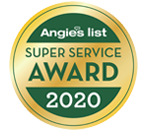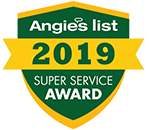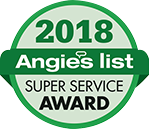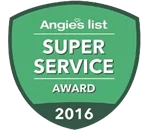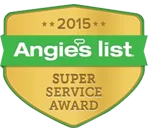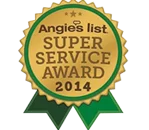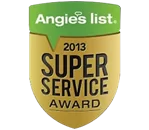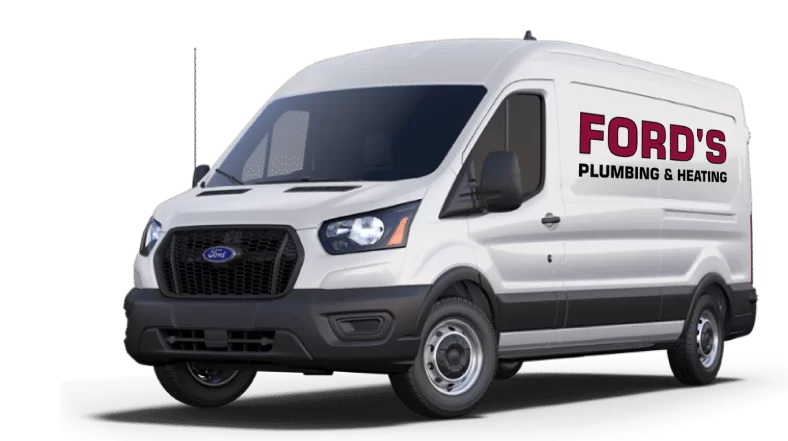When you have a clogged drain, you can end up with many problems that can be difficult to diagnose and fix. As one of the top issues that we see in the field, clogged drains can cause property damage, awful smells, and a lot of inconveniences. Before you call your local plumber for drain cleaning services, there are a number of solutions you can try. Here’s a quick look at what you need to know about clogged drains, how to prevent them, the signs of clogged drains, and some solutions, so you can keep your drains flowing smoothly.
Prevention
The best way to prevent a clog is by performing regular drain cleaning tasks and keeping an eye on what goes down your drain. Here are some of the top things that we see cause clogs in drains.
- Hair. As one of the top causes of shower and tub drain clogs, hair can cause a lot of problems as it tangles up and catches other items going down your drain, leading to a big clogged mess. Regularly clean your drain with needle-nose pliers or a drain-cleaning tool. You can also add a drain screen, found at most hardware stores, to catch most hair before it reaches your drain lines, reducing the chance of it forming a clog significantly.
- Food. The only drain that food should go down is your garbage disposal, and even then, you’ll need to avoid certain foods. Celery and other stringy foods can bind up your garbage disposal or the strings can act like hair, forming clogs further down, because they don’t break down easily at the disposal. Bones and other hard materials should also be kept out of the disposal, because they can cause other foods to be trapped when going through the disposal drain, causing a clog.
- Oil and grease. Another source of big problems further down your drains, oil and grease may start out in a liquid form in your kitchen, but when they reach your cold drain pipes, they quickly turn back into a solid form, which can clog your drains. Avoid putting these items into your drain, especially when they are hot. Even when cooled, it’s better to put them in your garbage than to try to put the solidified grease down the drain, where it can melt in contact with hot water from other parts of your home and re-solidify in your drains.
- Facial tissue and napkins. Putting toilet paper down the drain is okay, because it’s designed to break down quickly after contact with water. However, facial tissues and napkins are designed to hold up well when damp or wet, so they don’t break down nearly as easily. This can cause them to create clogs in your drain, where the material can catch on other items in your drain system, leading to a serious problem.
Feminine hygiene products. Similar to the issue with facial tissue and napkins, even products that are marketed as flushable can cause a serious problem with your toilet drain lines. They can catch other items that have gone down your drain, and if they swell up with the contact with water, can create a serious obstacle in your home’s plumbing drain lines. Keep these items out of the toilet with a trash can nearby for disposal.
By keeping these items out of your drains, you can prevent that call to the plumber. However, you may still experience slow drains.
Signs You Need Drain Cleaning
If your drains start to slow down, it’s a strong sign that your drain lines may be headed for trouble. But what are the signs you should be watching out for? They can include:
- Foul smells happen when sewer gasses can’t reach your vent pipes. Foul smells are caused by sewer gas, which is a mix of gasses caused by the breakdown of human waste. They are often toxic to humans, which can lead to organ failure and death, and are also flammable, creating a serious hazard.
- Slow water drainage shows that your water has nowhere to go quickly. Though it may not be blocked yet, it will be shortly if the problem isn’t handled. Slow drainage shows that there is a restriction somewhere in your drainage system that is causing a serious problem in removing water from fixtures.
- Backflow from one fixture to another shows that there’s not enough capacity to drain. It’s pretty gross seeing dirty or muddy water backing up into your sink, bathtub or other fixture, and it’s a sure sign that the water isn’t draining away as it should be. This means that you should have your drains cleaned ASAP to keep your home sanitary.
- Gurgling in your drains is because water is displacing air to flow. When you have air trapped in your drainage pipes, it is displaced when water flows down your drains, causing it to make a gurgling noise. However, this problem often happens due to blocked vents.
- High water levels in toilets are a sign of problems in your toilet drains. This could be a sign of problems further on in your drainage system, or a clog in the toilet itself. If you’re seeing frequent high water levels or poor drainage, it’s time to call in the professionals.
Stay on top of these issues by having a professional plumber look at your drain situation, so you’re not making the problem worse through home remedies. This can cause pipes to break, among other issues. But what if the problem already caused a clog?
How To Fix A Clogged Drain
If you’ve hit a clog, you may need full drain cleaning plumbing services. However, there are a few things you can try to break it up.
- A plunger can be used on a toilet or on a sink, but because there are several types, it’s best to leave this step to the professionals instead of making a big, ineffective mess.
- A drain snake is a way to physically break down the clog by sending a coiled wire down the drain to the clog and allowing you to break it into pieces that can be flushed out to the sewer system. However, this is a great option for professional plumbing services who have experience.
- Alkaline drain cleaners work well for suspected oil, grease, and hair clogs, but should be handled with caution.
- As a last-resort chemical drain cleaning chemical, acid-based drain cleaners are very strong and should be used very sparingly.
- Hydro jetting is a method, typically used by plumbers, who use high-pressure water to blow through the clog and move it into the sewer system. Given the high pressure involved, it’s recommended that you have plumbing services handle the process, to prevent damage to your pipes or other issues that can arise.
- For clogs that occur before a junction in your drain system, air burst drain cleaning uses carbon dioxide or similar non-corrosive gas under pressure to push the clog into a larger line for drainage.
For all of these approaches, as soon as you clear the clog, run water down the drain for 10-15 minutes to ensure that the compounds that caused the clog are flushed out of your home’s drainage system and into the public sewer, where it can be safely carried away. This prevents the clog from remaining within your home’s drainage system, which could cause yet another clog in the near future.
If, after all this information, you’re still stuck with a clogged drain, it may be time to consult the professionals. We have a highly-qualified team of expert plumbers who can help find the right solution to your drain cleaning and plumbing services needs! Please feel free to contact us today with any questions at (310) 815-1515 to get a quote or to schedule a service with one of our experienced plumbing professionals.




